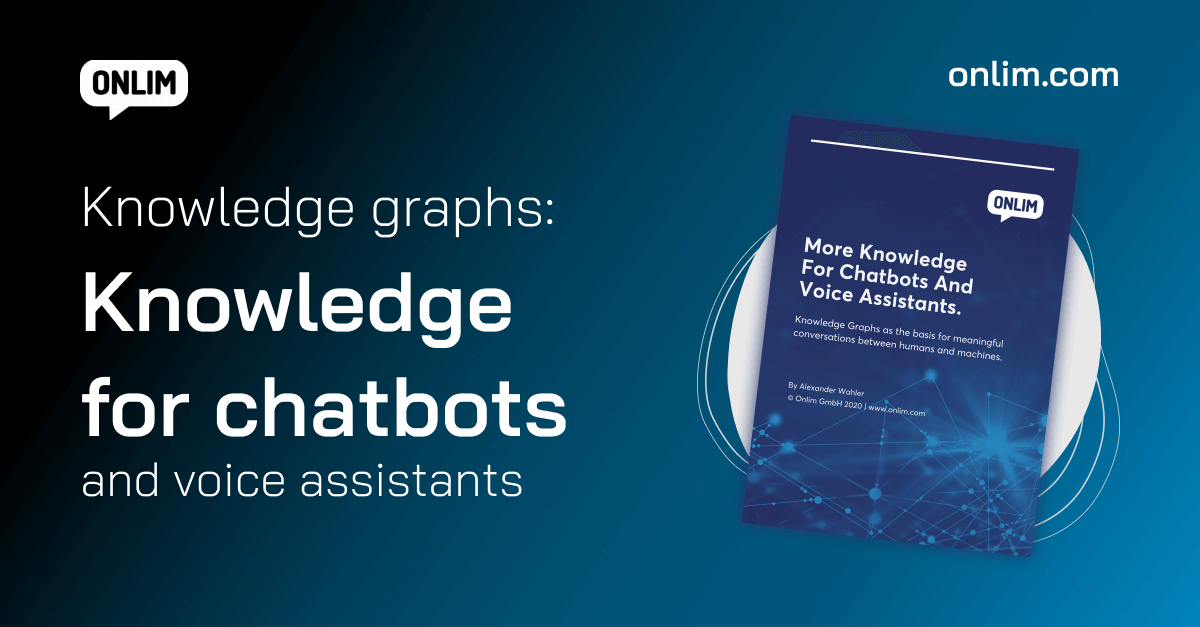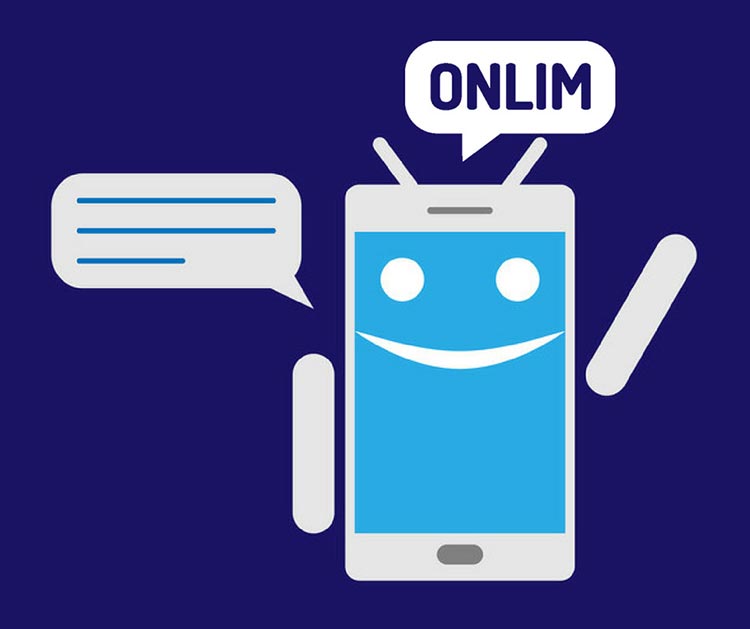6 Common Chatbot Mistakes Your Team Might Be Making
Guest post by Daniela McVicker.
Using chatbots for sales, customer support or marketing communication can have tons of benefits. It can save time for your team and enable them to focus on more complex tasks, improve customer satisfaction, decrease the number of support tickets, and much more. Many companies rushed into introducing chatbots into their marketing strategy, though. They definitely can be beneficial and effective, but only if you use them correctly and avoid certain chatbot mistakes.
Here are 6 common chatbot mistakes that your team should try to avoid.
1) Non-transparency
Oftentimes, companies simply forget to point out that they’re communicating using a chatbot. Sometimes, that’s obvious and apparent, but when it’s not, it can cause real outrage among customers who are under the impression that they’re talking to a human.
Always emphasize the fact that you’re communicating using a chatbot and explain in a sentence or two that it has limitations; as well as how your customers can contact you if they encounter those limitations.
2) Over-use
Grandiose enthusiasm related to AI, machine learning, and chatbots has been felt for years. It resulted in many companies introducing it in a rush into all of their marketing, sales, and support mechanisms. Now, you can see chatbots being in charge of complex, time-sensitive and delicate issues, which most often require help from a real human.
Chatbots are awesome, but you need to sit down with your team and assess whether they’re underperforming in certain areas. Maybe you’re introducing them in customer journey stages where users expect to talk to a human.
Here are some tips that will help with a successful chatbot implementation.
3) Under-use
The same issue that we talked about in the previous paragraph can take the opposite turn. Sometimes, brands introduce chatbots as part of their marketing strategy, only to end up not using them enough and paying too much for AI technology and maintenance.
If this is the case with you and your company, work together with professionals like Onlim to figure out a plan for how you can maximize the potential of using chatbots for marketing in your business. After you consult with professionals, you can start exploring additional opportunities and platforms where your company can benefit from the use of chatbots.
4) Lack of testing
AI solutions are rarely ready-made, but many enterprise owners and managers see chatbot as a set-and-forget thing. On the opposite, chatbots first have to be comprehensively and rigorously tested before the launch itself, but that’s not enough. After you launch, you have to continue observing and analyzing how your chatbots interact with your users.
The more testing you do before the launch itself, the more likely it is that your chatbot will perform well. Nevertheless, there are some things that will be encountered and learned only after some conversation with customers, so you need to keep up with these learning points.
If you’re not sure where to begin, you can try this checklist and go through some of the major chatbot points that require testing.
Here you can also find an overview of the most important chatbot analytics that you should keep an eye on.
5) Underwhelming user experience
When you’re giving the user an option to communicate to your company via chat, you’re actually giving them a simpler option, not a process that will require them to work hard. There are many examples where chatbots exhibit poor users experience:
- too much text
- too much monologue from the chatbot’s side (not requiring many responses from the user)
- way too many steps to get to the desired action
- frequent situations when a chatbot doesn’t understand the query or response
These and many other mistakes are exactly what pops up during the testing phase that we have previously talked about. In that sense, user experience and testing are closely connected. Make sure you always keep the user’s perspective in mind as you’re testing your new chatbot tool.
6) Dry and monotone texts
Chatbots can and should be fun! If you take some time to do market research, you can see many big brands utilizing chatbots to the maximum by offering a casual, fun robot you can talk to. Not only are they fun and easy-going, but they’re also helpful! Of course, these high-quality chatbots are a combination of a lot of time invested in their production and tweaking, as well as very high budgets.
However, if your chatbot budget is low, it doesn’t mean you can’t produce captivating, entertaining chatbot scripts that will keep your users satisfied and engaged. It’s actually the very best you can do to provide a top-tier chatbot experience if you’re running a simple chatbot (without too much use of AI).
Conclusion
It will definitely be worth it in the long run if you tweak your chatbot performance to achieve its optimal or near-optimal potential. As an AI tool, a chatbot has the capacity to far outweigh the costs with all the benefits it can have for your company (at least in present market conditions). Make sure you take advantage of this and start looking at it like the valuable asset that it is!
Most likely, you will come across other mistakes and errors. As for example in your chatbot scripts, UX and performance. The key thing is to have a support team or person ready to tackle these chatbot mistakes and get it back to optimal performance. If you’re seeing poor chatbot performance over a longer time period, assess the big picture. Take a holistic approach to your sales funnel to see where you’re getting it wrong.
Author bio:
Daniela McVicker is a blogger with rich experience writing about UX design, content planning, and digital marketing. Currently, she is the content specialist at TopWritersReview, a resource to find the best educational websites for college students where she helps individuals improve their writing and learn useful skills in a more engaging way.
More Knowledge For Chatbots And Voice Assistants

What are Large Language Models (LLMs)?
March 18th, 2024|
What are chatbots and how do they work?
November 23rd, 2023|
The AI Act and its impact on the use of chatbots
October 27th, 2023|



